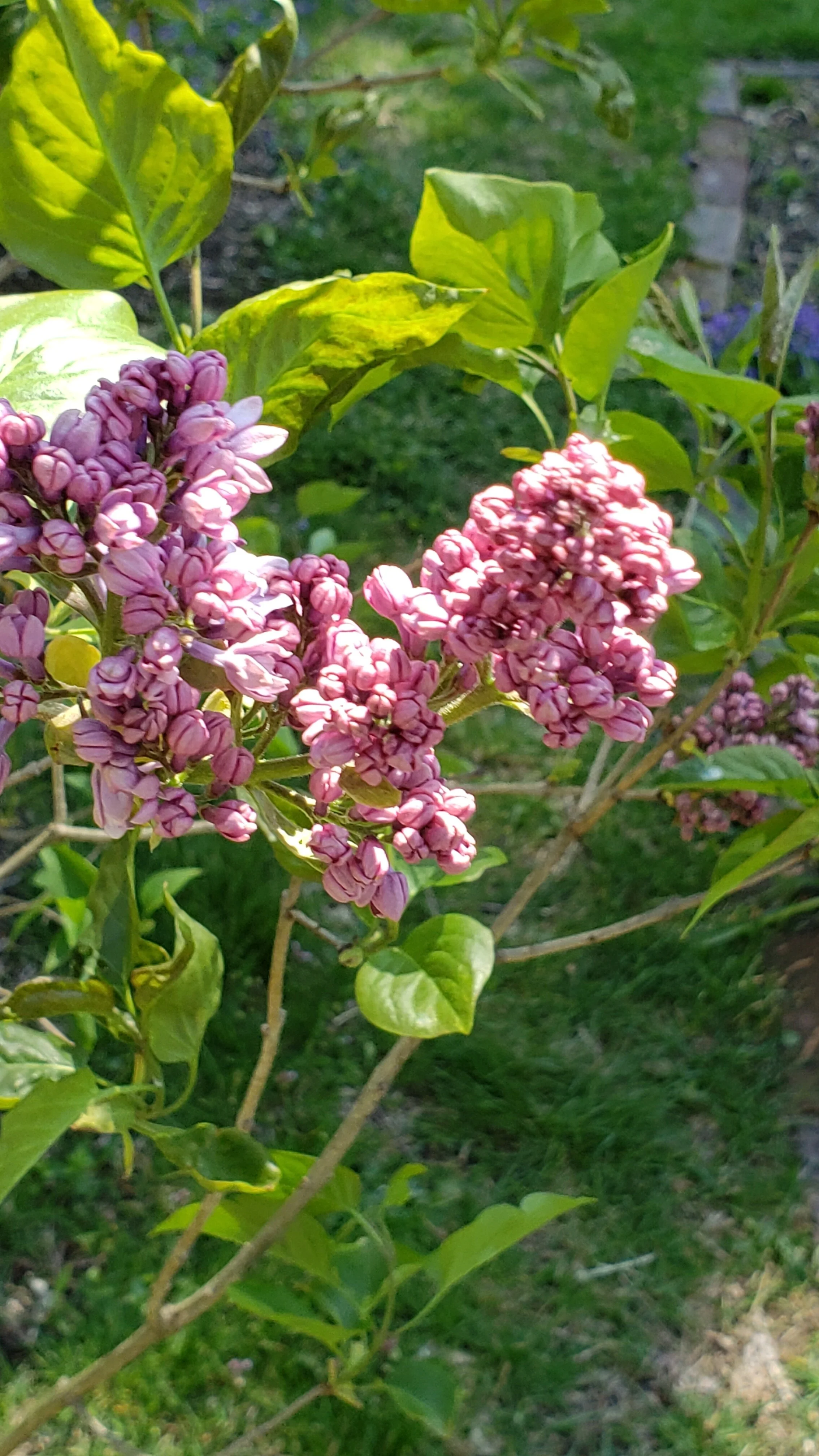A Look at Lilacia Park-Daisy Wolcott
/Lilacs Travel to Ohio…
How did lilacs from William Plum’s gardens in Lombard, Illinois end up in Kent, Ohio?
Lilacs, Lilacia Park, May 2020.
The story, like all great ones, starts with William Plum’s family and ends with a mutual love for lilacs. It’s the in-between where we find the story.
Daisy Lodge was born on November 15, 1879 in Portage County, Ohio to Ralph Lodge and Julia Plum Lodge. Her father ran a resort in Silver Lake, Ohio which attracted visitors from across the region, thanks to a railroad excursion service. The Lodge family resort included swimming, boating, and other leisure activities for a fee while they ran a farm on the rest of the property.
As the resort grew in popularity, the Lodges added other attractions such as rides, animals, and a dancehall. They continued to operate the farm, which allowed the resort to become self-sustaining.
Daisy Lodge grew up in this community, and most likely inherited her love of gardening from her father, who worked as a market gardener prior to starting the Silver Lake Park. She married Duncan Wolcott, an attorney and a prosecutor for Portage County. They moved to the Wolcott family home in Kent, Ohio. Their large frame home, near downtown Kent, was built in 1869 by Duncan’s father, Simon Wolcott, who served as mayor of Kent as well as a state legislator. Daisy began to create what she called her “earthly paradise” on the two acres of land surrounding the house. She and Duncan also welcomed four sons: John in 1907; Duncan in 1909; Roger in 1912; and Henry in 1915.
In 1920, her Uncle Will Plum, her mother’s brother, sent her a present from his gardens in Lombard, Illinois. Her son, Duncan, remembers a large truck pulling up to the house in Kent and one hundred to one hundred fifty lilac plants were unloaded. Daisy planted these lilacs in rows amongst her other plants. She became an expert in lilacs, adding other species of lilacs from around the world and learning to cultivate unique plants. Her gardens included rare trees, some of which were planted by her father-in-law in the 1860s, bulbs like tulips, wildflowers, and peonies. Rather than being formal beds, Daisy’s gardens rambled the estate punctuated by stone walls and terraces.
Daisy Wolcott, 1950s.
Daisy’s husband, Duncan, passed away in 1930 at the beginnings of the Great Depression. She was left with the big estate and two teenagers to raise and needed to find a way to bring in some income to support all of this. She publicized her gardens, asking for a modest twenty five cent entrance fee, but would not turn away someone if they couldn’t pay. Daisy opened her gardens on Mother’s Day, calling it Lilac Sunday, and drew thousands of visitors from all over the country.
Throughout the 1930s, 1940s, and 1950s, her hand-lettered signs with lilac letters directed people where to find the gardens. When Daisy died in 1955, her sons tried to keep the gardens going but eventually had to sell the family estate. The property was threatened with demolition in 1973 when a developer wanted to demolish and build an apartment complex. Preservationists and neighbors rallied to save Lilac Gardens and the Wolcott home. Although the site was saved, the home was rented and the gardens fell into disrepair. In 1985, the Zavodny family purchased the estate and set about restoring the gardens. There were less than fifty original lilacs left.
Letter, January 6, 1925, Page 3, William Plum to Daisy Wolcott
The Lombard Historical Society is fortunate to have two letters written by William Plum, aka Uncle Will, to his niece Daisy from 1925 and 1927. These two letters are full of chatty news about his gardens in Lombard. The letter, dated January 6, 1925, includes an amusing headline, Lilacs, on the third page. He tells Daisy that he’s heard from Highland Park in Rochester, New York and that they are sending him
“over 33 lilac plants on their own roots.”
These gardens in New York were designed by Frederick Law Olmstead and their lilacs are celebrated in a festival every May just like Lombard. Some of the lilacs found at Lilacia Park were cultivated by John Dunbar, the main horticulturist at Highland Park. We came into possession of these letters through the Lombard Park District who in turn, had come to have letters courtesy of Duncan Wolcott, Daisy’s second-oldest son.
When Daisy Lodge Wolcott died in 1955, her sons were cleaning the house out in order to sell it. Duncan Wolcott sent the letters to Hubert Mogle, the Lombard Park District Board Secretary, figuring there might be of interest to Lombard. The letters sat in storage until the Lombard Historical Society received them from the Lombard Park District.
The Wolcott Home in Kent, Ohio, 2020.
In 2018, the Society presented an exhibit, To Be of Service to Flower Lovers, where we explored the origins of William Plum’s love for lilacs, how Lilacia Park was created, and how the park has evolved over the years. We discovered the connection between Lilacia Park and Lilac Garden in Kent, Ohio, and created a relationship between Robert “Bob” Zavodny who now lives in the Wolcott house and maintains Daisy’s gardens. He took over the restoration work from his parents and has fallen in love with lilacs.
Sarah Richardt, our former Executive Director, visited Bob Zavodny this spring and toured the beautiful gardens. Sarah shared some of her pictures with us so that we could share them with you. If you would like to know more about Wolcott Lilac Gardens: www.wolcottlilacgardens.org
Gallery Wolcott Lilac Gardens, Kent Ohio



























